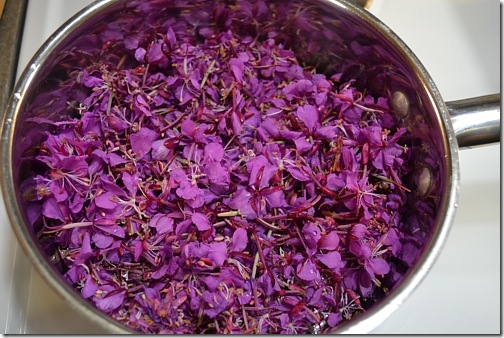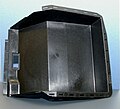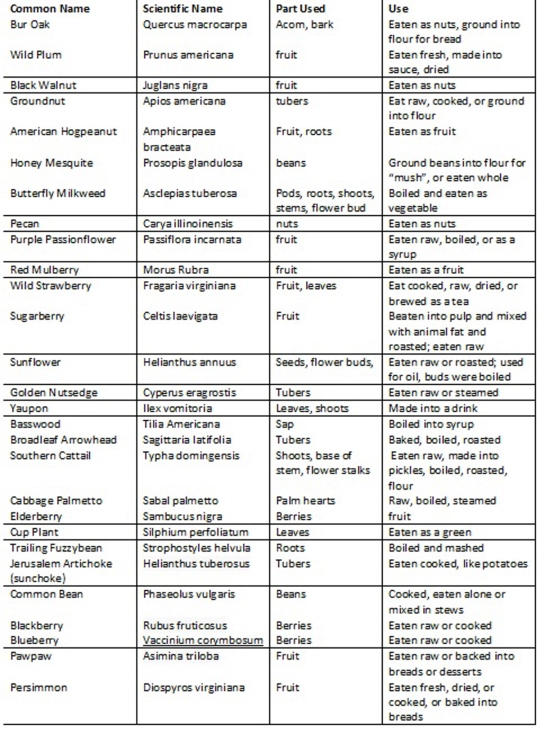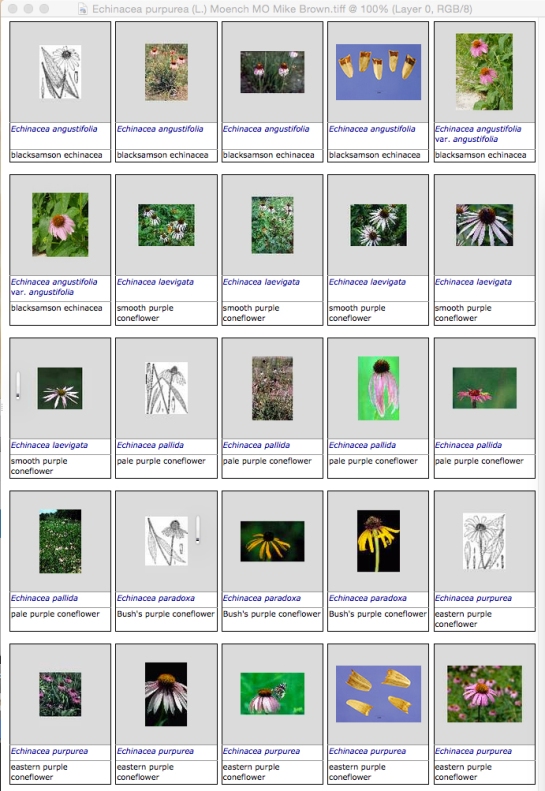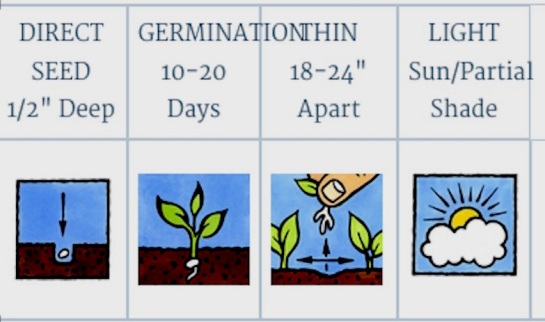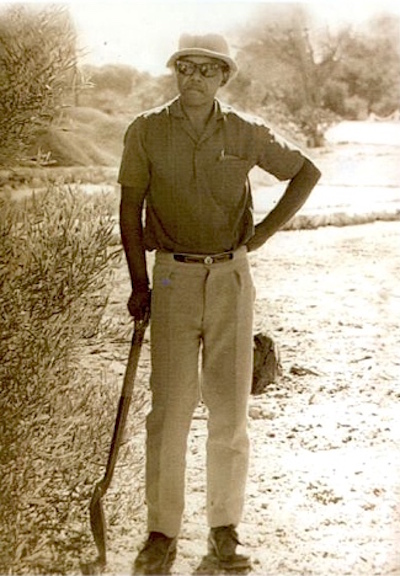
Section 62.169 (b) of the Los Angeles Municipal Code
Occupants Residential Parkway Landscaping
Native Plant Program (RPLNPP) in the city of Los Angeles
Considering that a curbside is an underutilized strip of land between the sidewalk and the street, the regulations were a point of contention in lower-income neighborhoods, which often lack green space and access to fresh, healthy foods.
However, urban farmers have reason to cheer. The L.A. City Council has voted to allow Angelenos to plant fruits and vegetables in their parkways – that strip of city-owned land between the sidewalk and the street – without a permit. Fruit trees, however, will still require a permit.
LA City Council approves curbside planting of fruits and vegetables L.A. New City Ordinance: 183474, Sec .62.169. (b): In accordance with Section 62.169 (b) of the Los Angeles Municipal Code, “No permit is required by the owner of property fronting the parkway portion of the street in an area zoned for residential use in order for the owner to remove existing shrubs and plants and replace the shrubs and plants with landscaping, including edible plant materials…”
owners or occupants of residentially zoned properties may install shrub and ground cover plant materials within parkways fronting their properties without the need to obtain a permit, while still being held responsible for maintenance.

Teach your kids, not to enlist, to vote and to never work for free in prison-thenext generation can chage the fact that inmates make everything for free for everyone.

Toss seedbombs to heal your own community;everything good comes from plants

hemp (marijuana,cannabis is a healthy diet

The talk; vote; keep your credit great; watch your back for the cops; as long as inmates work to support billionaires, they will be coming for your kids.
If you,the parent cant be there,

when you can’t be there;desnignate another for the health, well being freedom of your child.

Let freedom reign
make sure your designee can speak for your minor child until you return or have a change of heart or mind. Parents make the choice. Listen to your kids.

-
Who
-
What
-
Where
-
When
-
Why
-
Contact information for the absent parent(s).
Having the letter notarized is not necessary but highly recommended.
Click to access Sample_Guardianship_Authorization.pdf
Father, show my children the gifts and talents you have given them. Let them learn to use them for YOUR glory
1 Peter 4:10
30 things being 3D printed right now (and none of them are guns …
A prosthetic arm made for a 16 year-old bomb victim in Sudan.

Community Ready Supplemental Lesson Plans
Share Your Feelings, Use Your Words – https://youtu.be/GtrSn8WwCa4 via @YouTube
Building Problem Solving skills https://youtu.be/RQypxz3Q0SM via @YouTube
Finding Solutions at home and beyond https://youtu.be/z8MC7uOakDY via @YouTube
Respect is:
Saying and doing nice things.
No Name Calling; No Hitting; fighting over girlfriends or boyfriends
Vote or die trying; Make voting a family day a family tradition;
Have good credit standing

and No Name Calling at all:
This slideshow requires JavaScript.

Even the green spaces, gardens and lawns we create are too often populated entirely with plants that are not native to the area and require great effort, dangerous pesticides, herbicides, fungicides and lots of water to maintain. If one person, who was going to “clean up” a wooded area, stream bank or fence row or convert a meadow into a lawn, recognizes some wild flower there due to this site and decides to leave it alone then this effort will have been worthwhile. Memphis Botanic Garden. You can contact them at: The Wildflower Society, c/o Memphis Botanic Garden, 750 Cherry Road, Memphis, TN 38117 – Phone 901-685-1566
“If you have remarked errors in me, your superior wisdom must pardon them. Who errs not while perambulating the domain of nature? Who can observe everything with accuracy? Correct me as a friend, and I as a friend will requite with kindness.”
Linnaeus –Wildflowers of the Southeastern United States
ubuntu
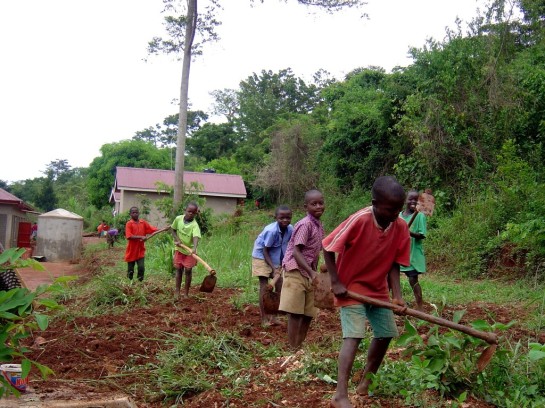

Now some good quality paint.

Let freedom reign
BEADS & JEWELRY (Michaels)
http://www.michaels.com/shop/beads-and-jewelry/809188121

Displaced Somali children carry plastic cans in search of water in a camp outside Mogadishu Saturday, Nov. 17, 2007. A roadside bomb hit a truck carrying soldiers in Somalia’s capital Saturday, killing two people and wounding six, a witness said, and an African Union peacekeeping base was attacked in a separate incident . (AP Photo/Abdi Farah Warsameh)

Water Wars–A young man from the Nyangatom tribe patrols a water access point on the border between Ethiopia and Kenya. The site of ongoing conflict between the Nyangatom, the Kenyan border police and the Turkana tribe, the Nyangatom defend this area viligently, due to the scarcity of water and suitable grazing for their animals elsewhere.

Fireweed ice cream-the bomb plant

Fireweed Plant

Fireweed

fireweed Jelly

fireweed syrup

Coneflower seedbomb for the bees

SONY DSC

U.S. President Barack Obama digs a hole to plant a tree at Kenilworth Aquatic Gardens in Washington…U.S. President Barack Obama digs a hole to plant a tree at Kenilworth Aquatic Gardens in Washington, April 21, 2009. REUTERS/Jason Reed (UNITED STATES POLITICS SOCIETY ENVIRONMENT)

Butterfly garden, Jun’11; Top from left: Purple coneflower Echinacea purpurea ”Magnus’, Lantana L. Montevidensis ”Confetti’, Butterfly bush Buddleija davidii ‘Nanho purple’, Sunflower Helianthus annuus ‘Miss sunshine’, Butterfly weed Asclepias buberosa; Lower from left: Yarrow Achillea millefolium ‘Terra cotta’, Michaelmas daisy Aster dumosus ‘Sapphire’, Blanket flower Gaillardia ‘Frenzy’, Pincushion flower Scabiosa columbaria ”Butterfly blue’, Gloriosa daisy Rudbeckia hirta “Moreno”, Lavender Lavandula stoechas ‘Silver anouk”

09 Jan 1968, Chicago, Illinois, USA — Original caption: Negro comedian Dick Gregory ate his first meal of solid food in a Chicago health food store, since ending his 40-day fast in protest of the war in Viet Nam. Alvenia Fulton (L) who guided and directed Gregory’s fast, tells him that the mock chicken leg he is about to eat is made of ground soy beans. Gregory who had not taken any nourishment other than distilled water between Thanksgiving Day and New Year’s Day, has been on a liquid diet in preparation for the ingestion of solid food. — Image by © Bettmann/CORBIS

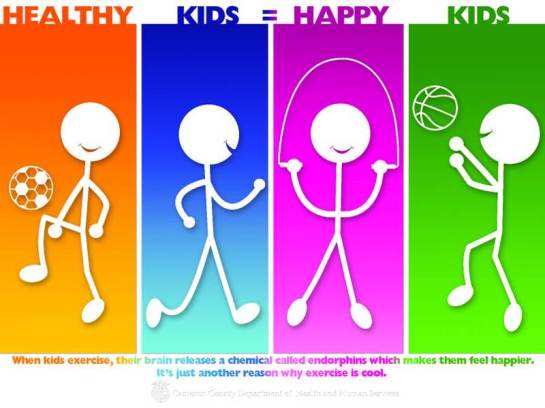

how teachers can promote kindness in the classroom, not competition.


 You make it you sell it:
You make it you sell it:


Reality Therapy

Building Cooperative Groups
This slideshow requires JavaScript.
artisanship
|ˈɑːtɪzənʃɪp, ɑːtɪˈzanʃɪp|
noun [ mass noun ]
skill in a particular craft: pieces of jewellery which testify to the high artisanship of these ancient people | a heritage of exquisite artisanship.



Black Inventions are all classified as Gifts to the world

Height (h)
Paint and algebra

Baby Algebra
There are many different types of paint that you can make at home from thinner watercolor-like paints to thick-textured puffy paints. All that you need is in your cupboard and fridge. Ingredients like milk, flour, salt, water and some food coloring will have you painting.
Check out this recipe for condensed milk tempera paint and this one for flour and salt puffy paint to get you started. 8 art supplies you can make at home:
 Make market Sell Basic School Supplies
Make market Sell Basic School Supplies
clay Follow this recipe for making it yourself.
Sidewalk chalk Check out this recipe to assemble the ingredients and start making chalk.
Stamps Here’s a great step-by-step guide to making cork stamps.
Recycled crayons You can follow these instructions to make some of your own.
recipe for regular school-type glue and add glitter to the recipe.
papier-mâché paste by just mixing flour and water like is shown here.
This slideshow requires JavaScript.

Edible Marshmallow Play Dough
thx @1littleproject via @teamnotey http://bit.ly/2hPv1Z5
We are in a food emergency. Speculation and diversion of food to biofuel has contributed to an uncontrolled price rise, adding more to the billion already denied their right to food. Industrial agriculture is pushing species to extinction through the use of toxic chemicals that kill our bees and butterflies, our earthworms and soil organisms that create soil fertility. Plant and animal varieties are disappearing as monocultures displace biodiversity. Industrial, globalized agriculture is responsible for 40 percent of greenhouse gases, which then destabilize agriculture by causing climate chaos, creating new threats to food security.
But the biggest threat we face is the control of seed and food moving out of the hands of farmers and communities and into a few corporate hands. Monopoly control of cottonseed and the introduction of genetically engineered Bt cotton has already given rise to an epidemic of farmers’ suicides in India. A quarter-million farmers have taken their lives because of debt induced by the high costs of nonrenewable seed, which spins billions of dollars of royalty for firms like Monsanto.


Easy Whole Wheat Bread – Ready in 90 Minutes
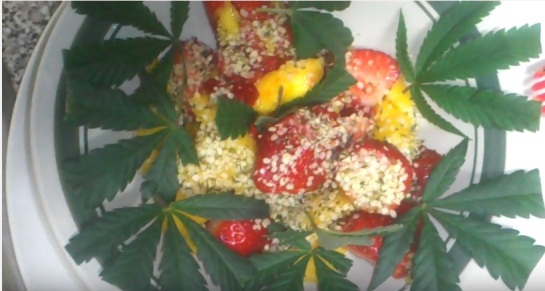
Fireweed Tea
Gather leaves for tea before the plants flower,
while leaves are young and tender. Place a generous handful of leaves in a warmed teapot and pour boiling water over them, filling the teapot. Steep for 5 to 10 minutes. The resulting tea is a light green color with a sweet taste. Fireweed tea does not require sugar or milk to improve its flavor. Fireweed tea blends well with other wild teas.
6 cups sugar
3 cups boiling water
Sterilize canning jars and prepare lids. Boil together
sugar and water for 10 minutes; maintain steady
boil on low heat without stirring. Remove from
heat. Add blossoms and let steep for 15 minutes.
Note: Sugar syrup can be tricky. If it crystallizes before canning, return it to the pan, add 2 tablespoons water per cup of honey and heat until crystals dissolve. Then process as above

NATIVE PLANTS
- Cast seeds of native species to the earth and to the winds once in a while – as a way of giving something back. Consider adopting a little patch that you are particularly fond of.
- When you are out and about, never leave any litter behind.
In the wild,
seed dormancy is usually overcome by the seed spending time in the ground through a winter period and having its hard seed coat softened up by frost and weathering action. By doing so the seed is undergoing a natural form of “stratification” or pretreatment. This cold moist period triggers the seed’s
embryo, its growth and subsequent expansion eventually break through the softened seed coat in its search for sun and nutrients.
Ecology and habitat

Then Native Plant Farming for free
Much of the collective wisdom about healing plants was lost with the devastation of the native tribes.

Coneflower seeds are a good remedy for herpes

Coneflower The plant has the power of eliminating many types of toxins from the body. Moreover, based on researches, it has been proven that by consuming coneflower, the body is stimulated in producing more white cells, such as lymphocytes and interferon (the synthesizing substance in the cells which impedes the development of viruses and intercellular parasites) – substances which help prevent the development of malignant tumors.
Seeds are the beginnings of a new plant, with the sole purpose of reproducing.They lie dormant until they receive the things they need to grow, such as adequate soil, water and sunlight. This process is called germination. All seeds are different and require different conditions to germinate and grow properly. Despite being different, most seeds have three main parts in common; the seed coat, endosperm and embryo.
Native plants provide suitable habitat for native species of butterflies, birds, pollinators, and other wildlife. They provide more variety in gardens by offering myriad alternatives to the often planted introduced species, cultivars, and invasive species. The indigenous plants have co-evolved with animals, fungi and microbes, to form a complex network of relationships. They are the foundation of their native habitats and ecosystems, or natural communities.[3]
Such gardens often benefit from the plants being evolved and habituated to the local climate, pests and herbivores, and soil conditions, and so may require fewer to no soil amendments, irrigation, pesticides, and herbicides for a beautiful, lower maintenance, and more sustainable landscape.
For thousands of years, the native people of North America sustained life and health with plants found all around them. Getting to know this ecosystem is the first step in preserving plants that can offer beautiful benefits to our health.
For countless generations, Native Americans have used the plants around them for food and medicine. It has been reported that the various tribes on this continent used more than 1,000 species of plants for food alone. With good reason: The native plants are nutritious, rich in vitamins and minerals, and many are excellent sources of protein.
Native people weren’t just sitting around their lodges, holding their sick stomachs, nursing terrible headaches and waiting for a drug store to finally open in their neighborhoods. They needed look no farther than the surrounding prairie and woodlands for help in healing the pain, wounds and infections that are an inevitable part of being human.
Woodworking Tool Kit for Kids A Child’s Tool Set With Real Tools
Price : $99.99
Hemp fiber board

» Nuhni blankets are all made from 100 percent Global Organic Textile Standard fabrics. This means the fabrics are produced using healthy non-GMO seeds and nontoxic chemicals.
» All Nuhni blankets come in eco-friendly, sustainable packaging.
» Hemp fur naturally kills and reduces the spread of bacteria such as staph and pneumonia.
» Hemp fur also is resistant to fire, mold, mildew and UV light.
Pricing
» Roo- 25×35 inch blanket with microchip: $75
» Cub- 17×17 inch blanket with microchip: $45
» Kit- 25×35 inch blanket (no microchip): $67
» Pika- 17×17 inch blanket (no microchip): $37
» 3 hemp fur washcloths: $21

Black Boys can create it; measure it and sew it;market it, and sell it!
Hype Blue Cosmic Cut & Sew T-Shirt Junior – Blue/Black/White – Kids
Black Boys can create it; measure it and sew it;market it, and sell it!
42 Craft Project Ideas That are Easy to Make and Sell – Big DIY IDeas
@bigdiyideas

Weaving Native Plant fiber cordage
Stalk
Hemp
Hemp and bead Jewelry.

Homeless Dome for homeless veterans
Willow Basketry via @YouTube

The goal of this project is to educate children about the useful qualities of the noxious weeds, to relieve hunger, experience new incredible flavors and bring people closer to Nature. Harvesting them for our own good would be a wonderful way to control the weeds instead of pouring hundreds of gallons of pesticides, poisoning our land and drinking water.
Fibers From a Wild Landscape via @YouTube
Mixing #hempcrete in a drum mixer via @YouTube
DIY How to Make Papercrete in a Tow-Mixer via @YouTube

Homeless Dome for homeless veterans

let american farmers grow hemp green&brown

Dont fight for Israel; free palestine and Africa central America Pollution Land grab; from Land Grab
-
Hemp plastic interior of a car door
-
Hemp plastic automobile glove box
-
Hemp plastic column, automobile
-
Hemp composite sink basin

REFERENCES:
Fireweed: fireweed represents the promise that beauty will return after bodily sickness or environmental destruction. When woodlands are damaged from fire, or clear-cutting, it is fireweed that brings the first promise of recovery. It reminds us that nature has her healing cycle too, one initiated by this lush, fiery medicine springing up in abundance.

Identifying fireweed: The most distinctive thing about fireweed is its gorgeous pink to purple colored flowers, which grow in a spike shape in sunny pockets all over the Northwest. Flowers have four petals, and resemble the flowers of other evening primrose plant relatives. They will occasionally create secondary branches of flowers – especially when grazed by deer or other foragers.
Making Tea – Use one small handful of leaves per cup of boiled water and steep about 15 minutes. Drink up to three cups a day. The tea has a pleasant mild taste and can be mixed with other herbs for flavor.
—-Constituents–—A peculiar volatile oil – oil of Erechtites – transparent and yellow, obtained by distilling the plant with water, taste bitter and burning, odour foetid, slightly aromatic, somewhat resembling oil of Erigeron, but not soluble as that is in an equal volume of alcohol. The specific gravity of the oil is variously given as 0.927 and 0.838-0.855, and its rotation 1 to 2. According to Bielstein and Wiegand, it consists almost wholly of terpenes boiling between 175 and 310 degrees F.
—Medicinal Action and Uses—Astringent, alterative, tonic, cathartic, emetic. Much used among the aborigines of North America in various forms of eczema, muco-sanguineous diarrhoea, and haemorrhages, also for relaxed throat and sore throat, and in the United States Eclectic Dispensatory in the form of oil and as an infusion, both herb and oil being beneficial for piles and dysentery. For its anti-spasmodic properties, it has been found useful for colic, spasms and hiccough. Applied externally, it gives great relief in the pains of gout, rheumatism and sciatica.
—Dosage—(Internally) 5 to 10 drops on sugar, in capsules or in emulsion.
The homoeopathic tincture is made from the whole fresh flowering plant. It is chopped, pounded to a pulp and weighed. Then two parts by weight of alcohol are taken, the pulp mixed thoroughly with one-sixth part of it and the rest of the alcohol added. After having stirred the whole, it is poured into a well-stoppered bottle and allowed to stand for eight days in a dark, cool place.
The resulting tincture has a clear, beautiful, reddish-orange colour by transmitted light; a sourish odour, resembling that of claret, a taste at first sourish, then astringent and bitter, and an acid reaction.
The young shoots were often collected in the spring by Native American people and mixed with other greens. As the plant matures the leaves become tough and somewhat bitter. The southeast Native Americans use the stems in this stage. They are peeled and eaten raw. When properly prepared soon after picking they are a good source of vitamin C and pro-vitamin A. The Dena’ina add fireweed to their dogs’ food. Fireweed is also a medicine of the Upper Inlet Dena’ina, who treat pus-filled boils or cuts by placing a piece of the raw stem on the afflicted area. This is said to draw the pus out of the cut or boil and prevents a cut with pus in it from healing over too quickly.
The capsule breaks open lengthwise to release seeds, each with a hairy plume.
The root can be roasted after scraping off the outside, but often tastes bitter. To mitigate this, the root is collected before the plant flowers and the brown thread in the middle removed.
In Alaska, candies, syrups, jellies, and even ice cream are made from fireweed. Monofloral honey made primarily from fireweed nectar has a distinctive, spiced flavor.
In Russia, its leaves were traditionally used as a tea, before the introduction of tea from China starting in the 17th Century, it was greatly valued and was exported in large quantites to Western Europe as Koporye Tea (Копорский чай), Russian Tea or Ivan Chai.[8] Fireweed leaves can undergo fermentation, much like real tea. Today, koporye tea or Ivan Chai is still commonly sold and consumed in Russia, though it is not nearly as popular as it was in Pre-Soviet Russia.
Fireweed’s natural variation in ploidy has prompted its use in scientific studies of polyploidy’s possible effects on adaptive potential[9] and species diversification.[10]
Habitat restoration
Because fireweed can colonize disturbed sites, even following an old oil spill, it is often used to reestablish vegetation. It grows in (and is native to) a variety of temperate to arctic ecosystems.
Nono-GMO Medicinal Plants ~ Food for Thought
dandelion] [dock] [fiddlehead] [fireweed] [foxtail barley] [goldenrod] [grains] [hemp nettle]
Sweet Flag (Calamus) ~ Acorus calamus
The Cree of northern Alberta use it for a number of medicinal reasons including as an analgesic for the relief of toothache or headache, for oral hygiene to cleanse and disinfect the teeth, and to relieve the effects of exhaustion or fatigue.
Yarrow ~ Achilllea millefolium
Yarrow’s medicinal use is ancient.
The pioneers considered yarrow-tea a good remedy for “malaria”, a designation freely used in those times to describe various fevers, and when taken very hot it is a good treatment for this affliction. Potter deemed it a diaphoretic stimulant tonic used in infusion to treat colds and commencement of fever. It contains potassium and is deemed a sedative.
Nettle is a most useful and beneficial plant. Flagellation with nettles was a method of treatment formerly employed in paralysis and to produce local irritation, which must have been very effective. Cree Indians used the plant as a treatment for rheumatism by walking bare-legged ~ bared as much as the individual dared ~ through the living plants and by rubbing them on affected parts of the body, with the caution not to scratch but to let the sting wear off naturally. Strangely, the juice from its leaves will heal the nettle‘s sting.
Medicinally, in herbal practice, nettle tea was used in the treatment of neuralgia and asthma, to expel worms, and as a blood purifier ~ as John Gay said in 1732, “Elder’s early bud with nettle’s tender shoots, [will] cleanse the blood.” Inhaling the smoke from the dried leaves was also said to relieve asthma and bronchitis.
Saskatoon ~ Amelanchier florida (alnifolia)
Misaskwatomin
The shrub was widely used. The strong, pliable wood was much sought for arrow-making, and the beautiful white flowers, among the first of spring, were seen as a symbol of that season and of the rejuvenating earth, and were used in religious ceremonies.
 Government of BC
Government of BC |
Alder ~ Alnus tenuifolia
The alders are closely related to the birches.
|
‘Because of its hardness, some Interior aboriginal people used mountain alder wood for making bows and snowshoes. Because it doesn’t flavour the food, they also used it for smoking and drying salmon and meat. Like red alder, it was a source of dye and a substance for tanning hides. The Carrier made fish nets out of mountain alder and dyed them black by boiling them in their own juice. Fish cannot see the black nets.
|
|
Pearly Everlasting ~ Anaphalis margaritacea
The everlastings, as the name suggests, will remain fresh-looking for months when used in floral wreaths. The pearly everlasting may be the most beautiful.
It often shares habitat with yarrow and somewhat resembles it with its broad clusters of small pearly-white flowers topping a long stem on which run lance-shaped leaves.
According to Vogel, the Flambeau tribe spread pulverized flowers of pearly everlasting over live coals to aid a patient stricken by paralysis.
______________________________
Jun 23, 2014 – Many children learn to name call at a very young age and within their own … It may not always be easy to teach kids to stop name calling if they …
kidshealth.org › Parents › Emotions & Behavior
Whether bullying is physical or verbal, if it’s not stopped it can lead to more aggressive … Kids who live with yelling, name–calling, putdowns, harsh criticism, …
Sep 2, 2013 – This makes it difficult for adults to get their attention or call them away … The first thing we must do is teach your child to respond to his name …
The fact that she is generally a very cooperative child is terrific, and indicates that … She’s happily engaged in something when she hears you call her name. … there’s no reason not to put a little time into teaching your daughter to come when …
Gay, Lesbian and Straight Education Network
Look to the right and find a variety of lessons centered on teaching respect and inclusion. Anyone who wants to work towards eliminating harmful name–calling, …
Gay, Lesbian and Straight Education Network
Students work together to develop visual expressions of no name‐calling messages … This week, whether you’re a teacher, student, guidance counselor, coach, …
Use these lesson plans and resources during No Name Calling Week. … educators can teach their students how to not to be a bully and how to speak up …. So the principal ordered graduation robes early and took pictures of the kids in the …
Apr 30, 2004 – I started out teaching my daughter early on that people come in all shapes, … Kids will be kids but I’ve had a child call me fat and even though I knew … have their feelings hurt. let her know that calling people names (including …
Feb 18, 2010 – Uploaded by Standard Deviants Accelerate
This program highlights the reasons behind name–calling, the effect it has, … and shows kids how to be …
Not long ago, the idea that a preschooler could be a bully seemed crazy to me. … the act of willfully causing harm to others through verbal harassment (teasing and name–calling), physical assault (hitting, kicking, … Talk to your child’s teacher.
|







































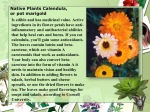


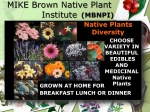




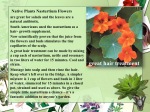



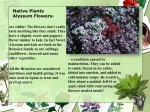





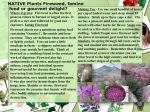



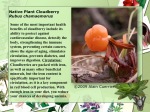
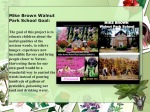
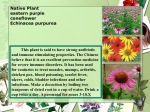
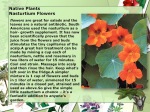





















 academics,environmental stewardship,healthier, more secure and engaged communities.
academics,environmental stewardship,healthier, more secure and engaged communities.



























































































































